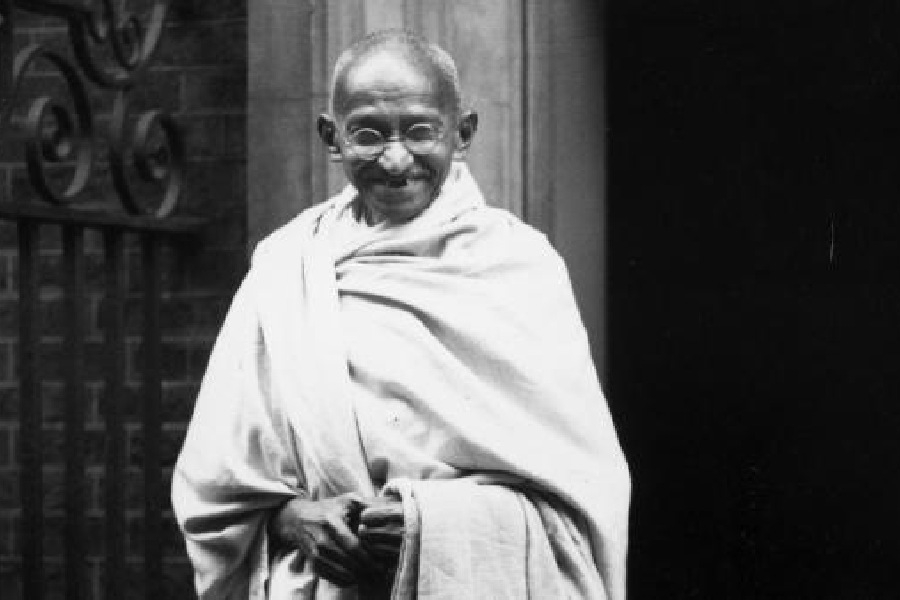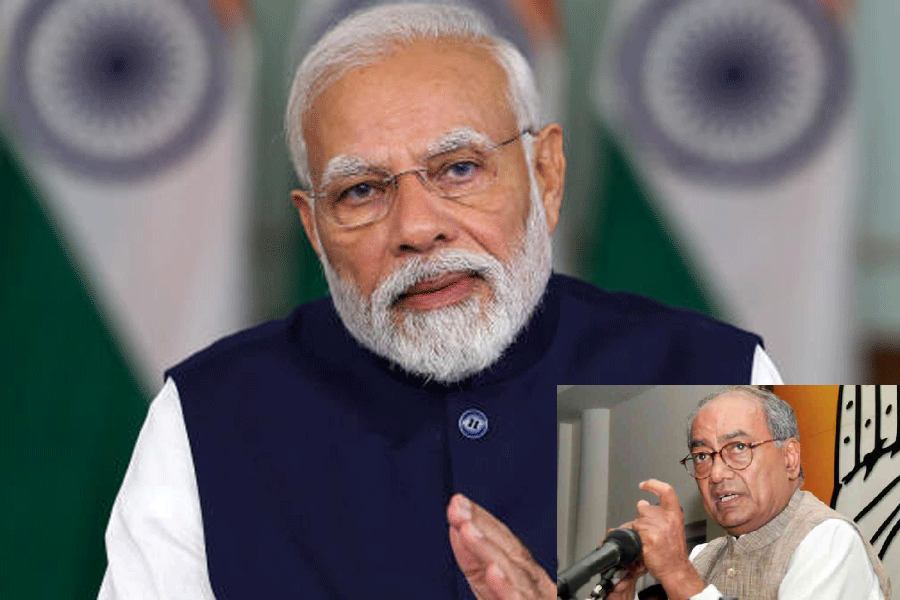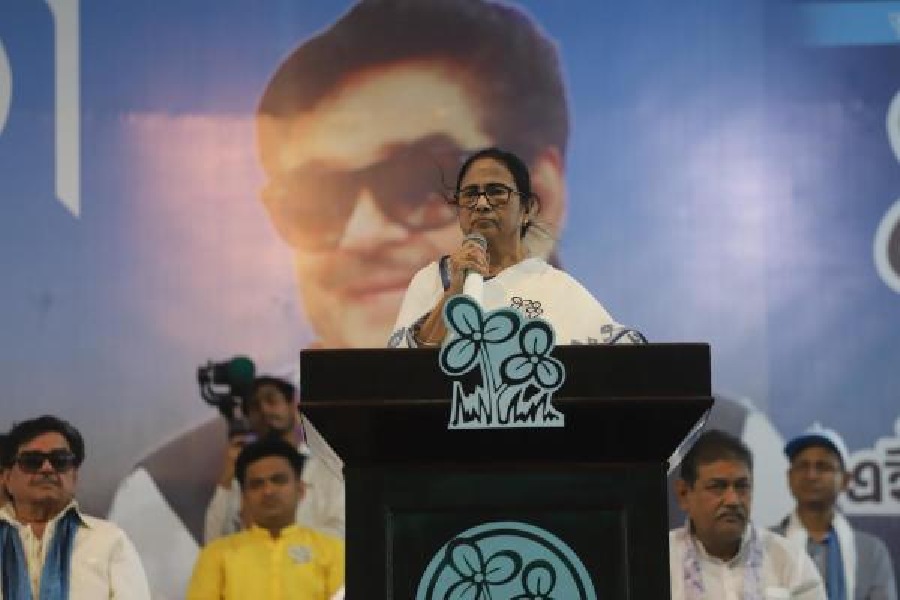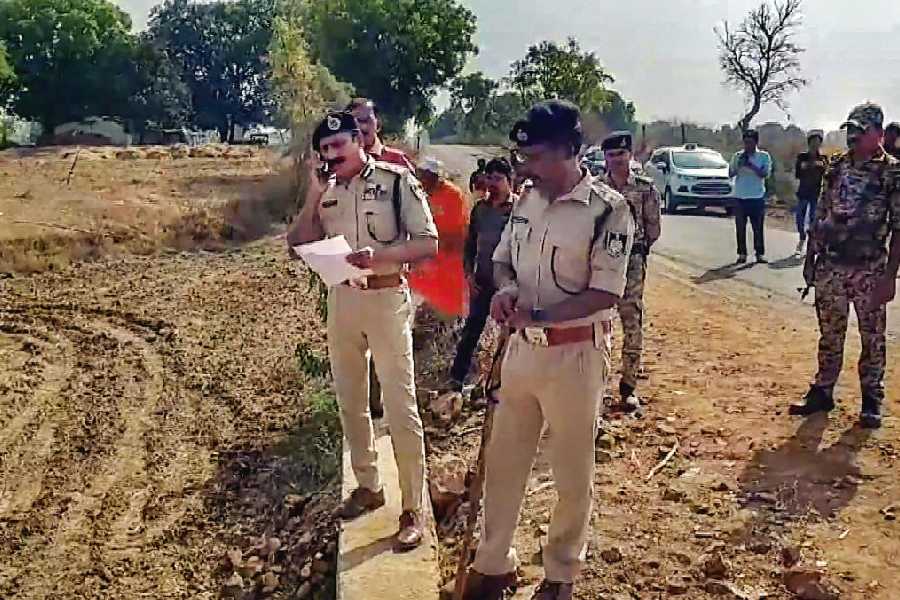Book: Waiting for the People: The Idea of Democracy in Indian Anticolonial Thought
Author: Nazmul Sultan
Published by: Belknap
Price: Rs. 699
Waiting for the People examines the political ideas of individuals ranging from Rammohun Roy to Jawaharlal Nehru, a period spanning a century and a half. Nazmul Sultan argues that although their ideas are perceived as an anticolonial response, they are also significant as a contribution to modern democratic theory.
Methodologically, the author eschews the oft-used ‘master category’ of nationalism which he views as a blunt analytic tool that subsumes different ideas such as sovereignty, government and peoplehood. Sultan seeks to reckon with Indian political thought on its own terms through the conceptual category of ‘people’ instead of enfolding it within the idea of the ‘nation’.
Upon the consolidation of European colonial power, a dubious but powerful argument of a linear progression of societies was developed. Measured against the benchmark of European societies, different traits of colonised peoples were ipso facto treated as grave deficiencies. Conquered peoples were deemed to be unfit for self-rule and needed to undergo a long and open-ended period of tutelage under the imperial heel. Throughout the nineteenth century, Indian thinkers accepted this proposition and worked towards redeeming themselves. It is in this sense that one was ‘Waiting for the People’ to emerge.
Using the framework of ‘developmentalism’, Sultan studies the political thought of nineteenth-century liberals: Gandhi’s credo of swaraj, Federalists who argued against a unilinear view of political evolution, Nehru’s vision of popular alignment with a developmental State and the political challenges mounted against it by M.A. Jinnah and B.R. Ambedkar. Thereby he recounts a range of ways in which people were called into existence as a political category and the allied implications for popular sovereignty and collective authorisation of government.
The exception here is Gandhi who broke the stranglehold of the colonial definition of an absent, popular sovereignty by invoking the idea of swaraj as rule over one’s own self — the sovereignty of the individual. Henceforth, the existence of a people was an innate prior and their fitness as political agents did not need any justification. Gandhi also decisively rejected economic developmentalism.
Ambitious in scope, Waiting for the People is insightful and thought-provoking as it tracks the nebulous and evolving notion of peoplehood. However, on occasion, the writing is opaque in its meaning. It is particularly noteworthy that the examination extends up to Nehru’s central role during the turbulent 1940s. The volume also provides a succinct statement of the ideational career of swaraj in the decade before Gandhi’s arrival on the scene. This survey shows in sharp relief that Gandhi’s swaraj was a radical departure from earlier interpretations centred on self-rule. However, unlike many seamless narratives of Indian nationalism, Sultan correctly argues that while Gandhi’s influence was powerful, it failed to vanquish the hold of economic developmentalism on the political imagination.
That said, the key concept of ‘developmentalism’ remains ambiguous as it is used in both senses of unilinear time as well as economic development without a clear distinction. This is a source of confusion as the term has come to be overloaded with the latter meaning strongly associated with American modernisation theory.
Much of Western political theory is a discursive dialogue between thinkers, one that privileges textual interpretation. However, in the Indian context, many of the exponents of political thought were also major public figures deeply engaged in social and political action. We can get a rounded sense of their political ideas only by locating them within the contingent context of history. For instance, as the volume shows, late-nineteenth-century Indian liberals were highly circumscribed in their demands that were couched in the language of loyalty to the British crown. It is worth asking to what extent this limitation is owed to the brutal repression unleashed in 1857. Similarly, Dadabhai Naoroji’s surprising call for swaraj in 1906 that is well described in the volume owes much to the broader shifts in public opinion, including the Swadeshi movement in Bengal.
The volume shares the scholarly tendency to present Gandhi’s ideas through an exegesis of Hind Swaraj. But Gandhi’s political thought cannot be understood without attention to his evolution as a thinker during the crowded decades since Hind Swaraj. His thinking was shaped by political exigencies and a dialectic relationship with mass action. Specifically, while Gandhi’s swaraj was a “genuine theoretical innovation”, it owes its significance to the prior ground of successful mass satyagraha in South Africa and his abilities as a superb political organiser in the 1920s.
While the volume is coterminous with colonial rule, the evolution of Indian peoplehood is an ongoing exercise. At a time when popular sovereignty is being transmuted into a malevolent political force, Waiting for the People is a salutary reminder of the long and arduous political and intellectual struggle that gave us a foundational basis for a shared destiny as a people.










